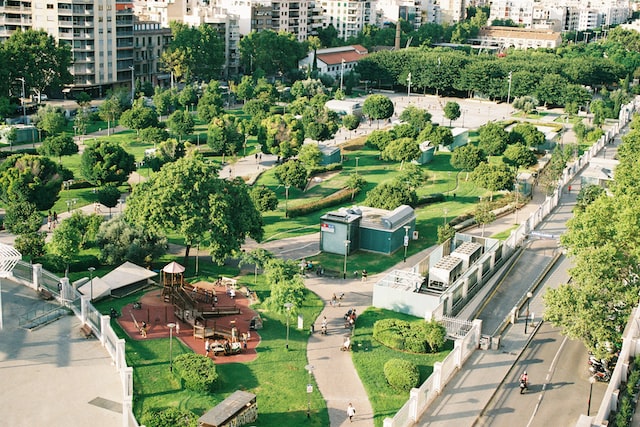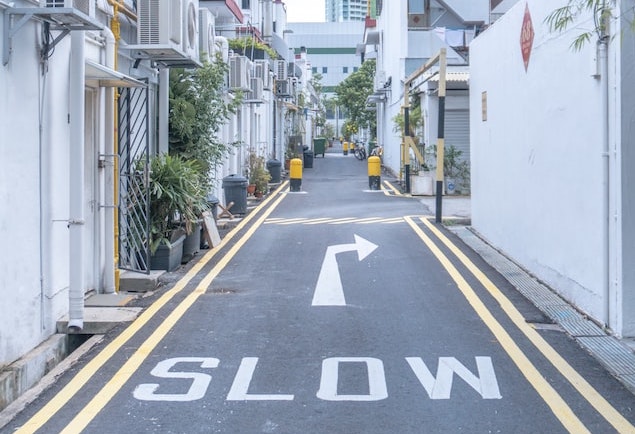I originally thought this email newsletter would be about interesting trends, articles and podcasts related to cities. It might grow into that, but for now, I’d like to take a more personal direction and write about things I’ve learned about cities as I’ve navigated a very unexpected transition from living in the grand metropolis of New York City to Waco, Texas. For now, this will be a series of five emails. Catch up on archives here.
It’s been officially two years now since I moved to Waco. The shock has faded and I only occasionally burst into tearful wails of, “Wh,y God?” while driving down Valley Mills Drive or, God forbid, to Texas Central Marketplace.
By no means have I forgotten New York, but my experience of the two cities has become more integrated, thanks heavily to all the reflective writing I’ve been doing this past year. So yes, I’m calming down, but not tuning out. As I wrote in this piece for Strong Towns, I’m constantly thinking about how the design of our cities shapes the design of our lives.
Recognizing patterns is essential to understanding cities, but it’s not enough. We must also consider whether or not the patterns governing our cities actually work. In other words, we must examine how it contributes (or not) to that city’s livability.

Livability is one of those words that everyone thinks they understand. “Yes, of course,” you might think, pointing to decently low crime rates, reliably functioning utilities and paved roads. “Of course our city is livable!”
Don’t get me wrong, those things are extremely important. Streets need to be safe, utilities need to stay on, crime needs to stay low, housing needs to remain affordable. But there are other, more complex goods that communities need in order to thrive…goods such as social connection, variety, beauty, freedom of movement (without cars) and opportunities to participate in public life and variety.
These goods can be achieved partly (not entirely) by embracing certain patterns of design, governance and regulation. But unfortunately, many city leaders and department heads have a narrow view of livability, one that’s focused either on aligning with political goals, following standardized industry norms, or gaining an economic advantage. More often than not, their priorities don’t align with the priorities of everyday residents.

In Waco, I see this playing out in the arena of street safety. We have a serious street-racing problem that keeps families up at night and makes the streets extremely dangerous to drive. It’s a well-established fact that the only way to get slow driving on multi-lane roads is to make them narrow. You must simply make it nerve-wracking to drive fast.
Yet, when I ask our streets department about their plans to effectively slow traffic through design, leaders point to a variety of other measures they’re considering like in-depth traffic studies, petitionary signs and speed-trackers. Sure, these practices and processes are technically what you’re “supposed to do,” but in reality, they don’t improve the street-level livability of the city by eliminating this noisy behavior.
Technically these other “best practices” are the right thing to do, but only if you’re operating within a certain framework of livability. If consistently quiet streets don’t fall within your city’s livability framework, then they won’t become a departmental priority.
What’s desperately needed in our cities is more accountability and conversations about the visions of livability that are governing our decision-making. We need visions of livability that include the nitty-gritty, the technical and the economic, but that are also rooted in a humble understanding of what humans need to flourish, quiet nights being one of them.
Thanks for reading. If you enjoyed this, please consider buying me a coffee and sending to a friend. If you’re that friend, you can subscribe here.
Tiffany
